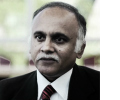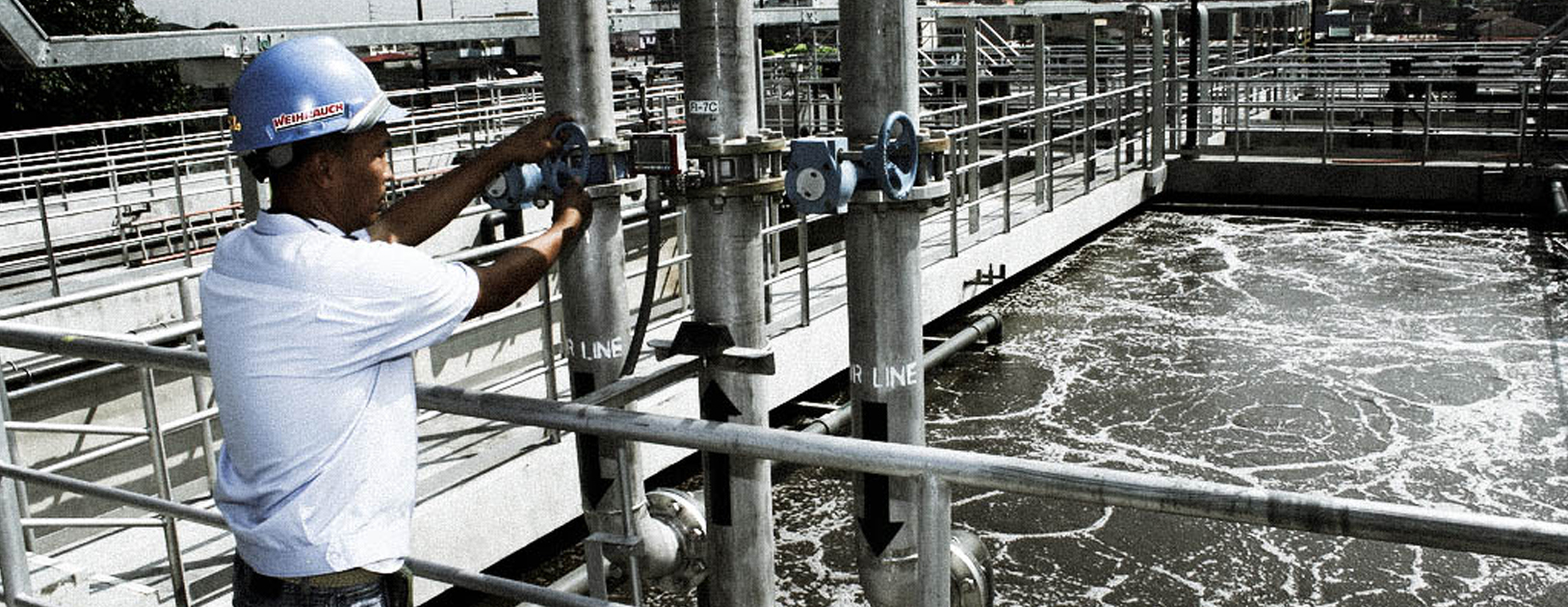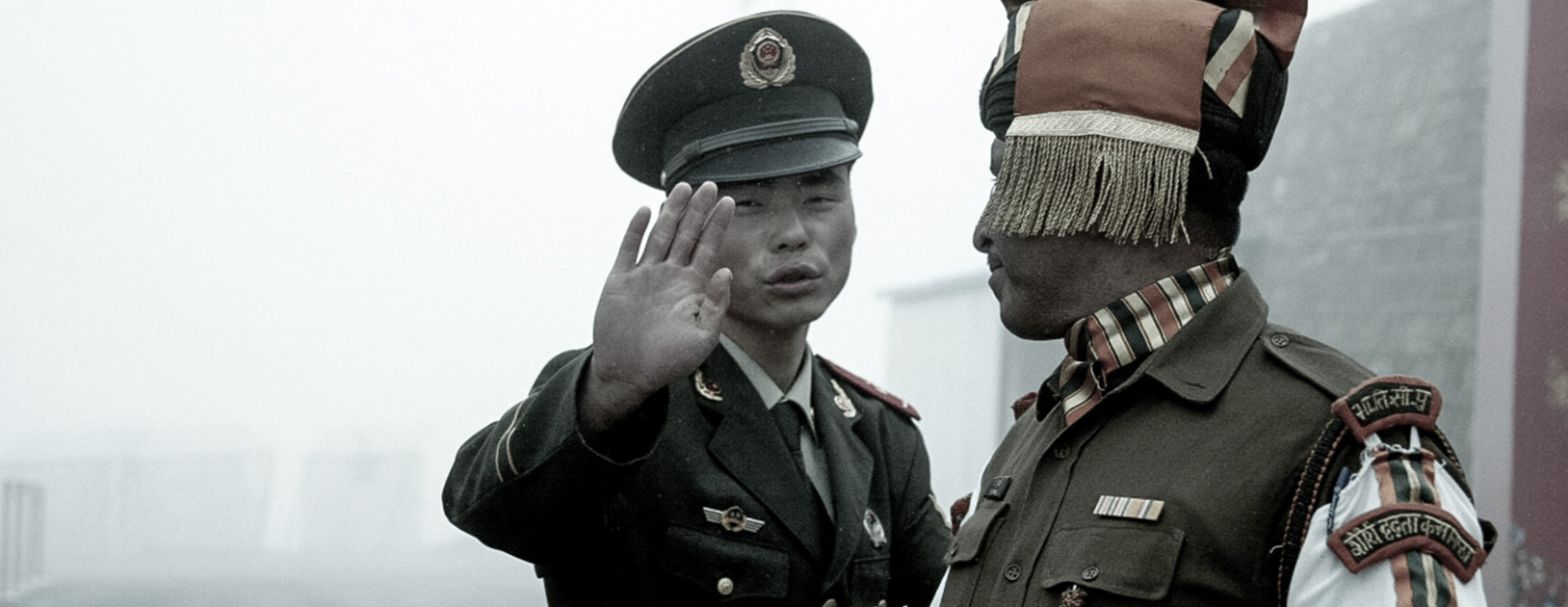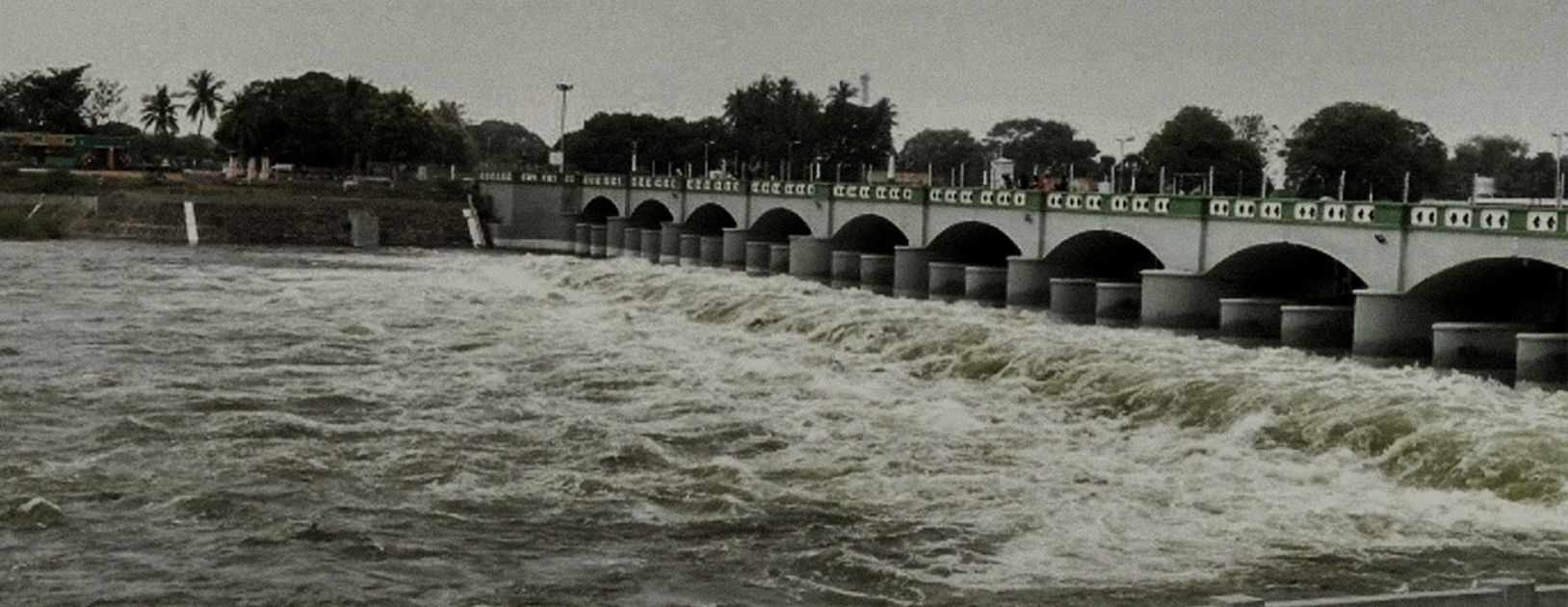CPR FACULTY REACT TO NEW GOVERNMENT POLICY ON ‘LATERAL ENTRY’ INTO HIGHER ADMINISTRATIVE POSITIONS
BUREAUCRACY CPR VIEWS
India’s bureaucracy is in urgent need of reform. As Prime Minister Modi himself has often said ‘India cannot march through the 21st century with the administrative systems of the 19th century’. The government’s recent move to introduce a policy for lateral entry, especially domain experts from the private sector, into joint secretary level positions, is an important step in the direction of reform. The move has however generated a lot of public debate.
In this first edition of ‘CPR Views’ CPR faculty and experts, many of whom have significant experience working within government, share their comments on this key development.
 Yamini Aiyar,
Yamini Aiyar,
President and Chief Executive, CPR
‘In principle, I welcome the idea of lateral entrants into the bureaucracy. It is now a widely acknowledged truth that the art of governance is becoming increasingly complex, and this complexity requires a degree of expertise that a career generalist may not have. As a career policy wonk, and self-professed expert (as most of my think tank colleagues are), I can’t but argue for the importance of domain “expertise” in policy making!
But from the perspective of what ails India’s bureaucracy, it is worth considering if lack of expertise is the primary illness or whether the problem lie elsewhere? To my mind the core failing with bureaucracy in India is not the lack of expertise. Frankly, we under-estimate the capacity and capability of our IAS in public debates on bureaucracy. Moreover, in discussions on the bureaucracy’s need for domain expertise, we have rarely considered the fact that the government is adept at seeking expertise when required. In my view, the government has been quite effective at bringing in “experts” and seeking expert advice from a wide gamut of actors – NGOs, activists, think tanks and private sector specialists are all part of government committees and discussions where advice is regularly sought and given, in abundance. In my profession we are often asked about the “impact” we make on policy making. I often worry that we have too much impact because our government has outsourced all the thinking to us “experts”. As a result, policy making is becoming far too technocratic and domain specific even as policy challenges increasingly require inter-sectoral approaches and most importantly, political engagement.
The real challenge in our governance today is one of institutional design and organisational culture. Our bureaucracy is set up for a very limited set of functional domains – and as these have expanded – moving from mere regulation and delivery of statutory services to market development, delivering citizen rights, changing entrenched social behavior, managing and enforcing contracts – we have never asked ourselves the question of whether a top-down, centralised narrowly trained system can in fact deliver on these complex tasks.
India’s bureaucracy is, as Lant Pritchett argues, designed for “thin” tasks – logistical tasks (like running a post office) that can be monitored based on “thin” information (has the letter reached). Thin systems define performance in simple, thin terms. Yet, as the role of government has expanded, expectations of performance have changed. Government in the 21st century has to perform a range of what Pritchett calls “thick” tasks – transaction intensive activities that require significant discretion in decision making. Governance today is not about building a road it is also about maintaining it, it isn’t about building a school but ensuring that students learn, it is about developing and maintaining complex public-private relationships. These are a range of tasks where performance cannot be reduced to thin metrics. Monitoring teacher performance is one example – where thin metrics like teacher qualifications or syllabus completion simply cannot capture the complexity of what goes on inside a classroom. Performance of a teacher ought to be determined on the nature of the multiple interactions teachers have with students inside the classroom. This is a “thick” activity that requires teachers to assess their context and modify their behavior accordingly.
Thus, the real failure with governance in India today is that we assume that “thin” systems can in fact perform “thick” tasks. We expect the government to be iterative, innovative, nimble and most importantly deliberative. Yet, we have paid scant attention to the structures, systems and culture within the government and never asked whether these systems are in fact aligned with the tasks at hand. Bringing an “expert” into a broken system is unlikely to fix the problem. At best, experts will be like Islands – which is, in my view, the role that many like Vijay Kelkar, Montek Ahluwalia (names that are doing the rounds currently as examples of why lateral entry is important) played. And at worst, they will get lost in the fundamental, structural problem that India’s governance system faces today.
In the end there are no short cuts. We have to fix the roots of the problem. Lateral entry is, to quote Abhijeet Banjerji, no more than “putting band aid on a corpse”.’
 T R Raghunandan,
T R Raghunandan,
Advisor to the ‘Accountability Initiative’ at CPR and a former Joint Secretary
‘I welcome the idea of lateral entry into the government. The higher levels of bureaucracy are largely a monopoly of civil servants, mostly from the IAS (Indian Administrative Services), but there is no logical reason why that should be so. Monopolies eventually do not provide any incentive for excellence. Lateral entrants are likely to be ignorant of the labyrinthine processes of governance, which insiders worship without question. They are likely to bring in fresh ideas and a greater motivation to see them through to their implementation.
Detractors of lateral entry often refer to the robustness of the ‘system’ that screens talent within the civil services, to ensure that the best reach the top. However, those within this system know that often, its objectivity is distorted by tribal loyalties and biases. Therefore, the ‘system’ is sufficiently moth-eaten for reasonable people to not regret its demise.
Yet, the process envisaged for lateral entry, as it is configured at the moment is seriously flawed. The government has advertised for a few posts, laid down a few conditions of experience, sought for a rather low academic qualification – only a graduate level standard – and indicated that the selection will be done after an ‘interaction’ with a selection committee. This is a recipe for confusion and corroborates some of the fears of naysayers. For example, many fear that lateral entry could become a revolving door for corporate interests to come in and tweak policies to their advantage, or for cronies of the political party in power to hold critical positions in key ministries.
There are practical problems too, with the process envisaged. The civil services, still has a lustre attractive enough to motivate lakhs of aspirants to apply for the entrance exam and run the gauntlet of a three stage, year-long selection process. It is therefore not unlikely that at the very least, many thousands will apply for the advertised lateral entry positions. The selection process will be overworked and its veracity questioned, if it is only confined to an interview like process by a selection committee. Given the constitutionally mandated primacy of the UPSC (Union Public Service Commission) to undertake the selection of senior civil servants, it is also likely that the process of lateral entry may be questioned on legal grounds.
Yet, how long will this rejection of outsiders continue? Professionals outside the government are befuddled with the bureaucracy. Their feeling that they could do better if given a chance, is growing stronger by the moment. The lateral entry window, once opened will not be shut. Competent outsiders will not give up the pressure for lateral entry once they taste blood.
Therefore, in my view, opposing lateral entry is not the right way forward. The focus must be on how to improve the rigour and objectivity of the lateral entry selection process. Furthermore, in the larger context of reforming the civil services and ensuring that the best talent reach the top, lateral entry is but one instrument. There are other ideas that could be tried, such as more objective and open screening processes for picking people to rise in the service, or picking officers for higher level positions such as Additional Secretaries and Secretaries from an internal pool of talent and experience, rather than going almost entirely by seniority.
All in all, even though the current process of lateral entry is seriously flawed, this idea is not going to die. It is a desirable one and it should be carried out much better than as envisaged at present.’
 D Shyam Babu,
D Shyam Babu,
Senior Fellow, CPR
Domain experts, like salt, must be used sparingly. Less may be bad but more will be a disaster. The adage ‘excess of anything is bad,’ is true even if the thing in question is good and desirable. The Centre has decided to induct non-IAS government officers as well as personnel from the private sector as joint secretaries through lateral entry, in other words, through the side door. The government is now accepting applications for ten such posts. Since one of the aims of the policy is to ‘augment manpower,’ the trickle may soon turn into a downpour.
We can surmise three considerations that might have informed the policy. One, IAS officers are ‘generalists’ and hence unsuited to manage technical or highly specialised areas of governance. Two, non-IAS persons, especially from the private sector, are less enamoured by cumbersome bureaucratic procedures that clog the wheels of development, and will put the country on a fast-track. Three, the interaction between the rule-bound IAS and goal-oriented outsider will result in cross pollination of ideas, cultures and temperaments.
We would celebrate the day when these hopes have become a reality. But, meanwhile, some reality check may be warranted.
One, what is assumed to be a problem is not a problem. Democratic governance is conservative by nature and any talk of radical change is a mere rhetoric. India is no exception. We want our officials to be accountable and diligent. Due diligence must take primacy over efficiency. Where is the evidence to prove that our senior officers are inefficient or lack domain expertise? It is a different matter if they are corrupt or in collusion with their political bosses.
Two, we are making too much of domain expertise. Though our public universities and research outfits are run by the so-called domain experts, they are no founts of either efficiency or fresh ideas. It’s less said the better about the private sector.’
 Keshav Desiraju,
Keshav Desiraju,
Board Member, CPR and former Health Secretary
‘Joint Secretaries (JS) in the central secretariat come mainly from the IAS but also from other services. They bring field experience, especially in the nitty-gritty of the state-subjects, healthcare, primary education, agriculture, rural development, women and child development, land revenue and management, and forest management. They also bring an understanding of how a federal structure works and how political priorities are set. They have also, all, sworn allegiance to the Constitution of India.
Given India’s realities, it is possible that most have not had the time to develop a specialisation. However, many are first class candidates. When they become JSs in Delhi, working often in policy areas of which they have no direct experience [Environment & Forests, Steel, Mines, Coal, Economic Affairs, Civil Aviation, Commerce] they need to learn the details but a five year tenure has enabled many to acquire full control. The current proposal is to bring in JSs into ten ministries, nine of which are in this category. In principle, officers of the regular services coming to these posts will need to upgrade skills and develop subject matter expertise. Even where they know their subjects, they will need to learn the craft of policy making.
Lateral entrants have been suggested as a breath of fresh air and inspired thinking after the stuffiness of the babu. They are probably more skilled at quantitative methods and presentation, better educated, and with better English. They have probably worked in more orderly work environments, have enjoyed security of tenure, have been assessed better at their performance and have probably been held more accountable for the jobs they have been entrusted with. Some of them may even be very good.
Some of these skills can be taught even if it may take longer for the work environment to change in government settings. What the lateral entrants lack is a knowledge of the context in which government functions. They do not bring a knowledge of the field, they do not have experience of working with elected representatives, and they do not know how party politics at the state and district levels can impact on an officer’s performance. They do not also have experience of working in an environment where objectives are hazy, tasks unspecified and the responsibility is total. Hence, what IAS officers do should not be undervalued.
Lateral entrants work on short term contracts. They may perform well but when they leave they take their experience with them without contributing to the process of building institutional knowledge. In any case, the system has already provided for non-service experts in many departments; ICAR in Agriculture, ICMR and DGHS in Health or the specialist cadres in the science ministries. These bodies have to be improved.
There are also JSs, many from the IAS, who are lazy, incompetent, ill-motivated and corrupt. That is not a problem which lateral entry will solve. It is also not necessarily the case that highly qualified lateral entrants will not misuse their positions.
India has followed a conventional approach to recruitment to the public services. The Union and State Public Service Commissions seek to identify potential and, as of the present, the UPSC is still one major constitutional body, which has not been majorly tainted. Candidates are assessed on the basis of what they know to which the Commission brings its sense of how they are likely to perform. Lateral entrants are to be recruited on the basis of proven performance. Their subject matter expertise is not in doubt. What is not so clear is their understanding of deprivation, bias and the lack of opportunity. There is a fear that lateral entrants will seek IT based solutions to all problems of human development. IT is an invaluable tool and we must push for much greater use of IT applications in all spheres of development, in the management of data and in assisting evidence-based policy making. But IT applications are not in themselves the answer.
Ten positions within the entire secretariat are not going to make a big difference. It may even do some limited good. The positions are open to serving officers as well, which is a good way of encouraging specialisation. However, if the practice is to spread we must ask whether it will be subject to the rules of reservation. In the name of professional expertise we cannot ignore a constitutional requirement.
There is also the fear that lateral entrants will be brought in on the basis of ideology or commitment to the political parties in power. While it is true that many officers from the IAS and other services become closely aligned with one party or the other, and some, indeed, with several parties over the course of their careers, our system has not so far actually placed persons in executive positions on the basis of ideology and nothing else.
There is much to be done in the area of civil service reform, recruitment, training, promotion, etc. However all that is peripheral to the crucial issue of the use and abuse of power. How much responsibility, and consequently power, will an elected government delegate to unelected civil servants? Can a responsible civil servant be assured by the government she serves of physical and professional protection from elements within the party constituting that government? Can an officer be assured by her government that political and civil servant corruption will not be tolerated?
Conscientious serving officers learn, in hard times, to remain true to themselves and to the people of India. These are situations which lateral entrants to government service do not need to confront.’
 G Parthasarathy,
G Parthasarathy,
Honorary Research Professor, CPR, and former Indian diplomat
Recruitment to All India Services was conceived in the years immediately following independence. The aim was to see that the bureaucracy across the States of a diverse India was drawn substantially from people outside the State, so that the higher echelons could ensure that partisan considerations of caste and religion did not dominate day to day administrative issues, ranging from law and order to economic development projects.
The system, however, has become corrupt from top-down. Significant corruption emanates from the highest political levels. The bureaucrat tends to emulate his political masters, making the entire system rotten. Eliminating political level corruption requires primary emphasis.
The Civil Service Cadres need to get in early in their career, into areas of specialisation, such as Law and Order/Security, Development, Social Issues and Finance. Any system of lateral recruitment promotes, casteism, corruption and nepotism. Lateral entry should be only for highly specialised jobs, effected through transparent procedures and organisations not subject to political, caste or religious prejudices of preferences. These posts should be normally for a three-year-tenure, though in some very special cases this could be extended to five years.’






 Yamini Aiyar,
Yamini Aiyar, T R Raghunandan,
T R Raghunandan, D Shyam Babu,
D Shyam Babu, Keshav Desiraju,
Keshav Desiraju, G Parthasarathy,
G Parthasarathy,